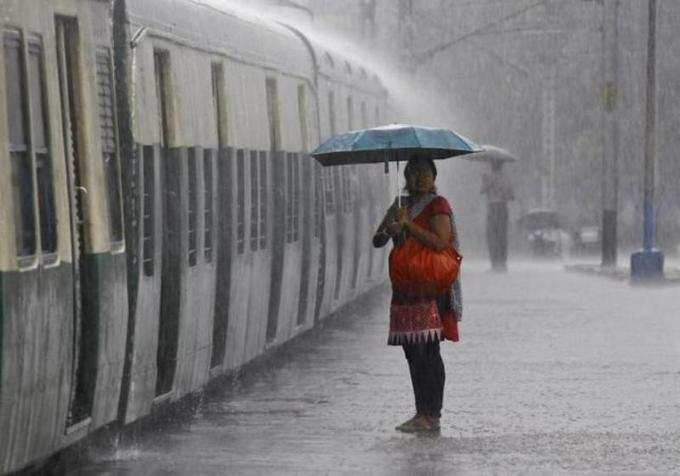
Largely dependent on irrigation, Indian agriculture would be badly hurt by this year’s monsoon. Hit by El Nino, the monsoon could end up as among the worst three in last three decades. A fear of weak harvest and food inflation already looming large, the season's rainfall deficit has widened to 16 %, the weather office said.
LS Rathore, director general of India Meteorological Department, said the June-September monsoon season may end with a deficit of 12-14 %.
This would make it the driest monsoon seasons in several years, barring the drought years of 2002 and 2009.
After a promising, forecast-defying start in June and good rainfall in July, the monsoon has weakened since end July as a strong El Nino phenomenon has disrupted international weather patterns.
While Southern India has witnessed an increased rainfall, most parts of the country are a victim of errant weather.
Rathore said rainfall will improve to some extent in the days ahead with the weather office forecasting rainfall in the east, northeast, southern states and rain-starved Maharashtra. But dry weather is predicted in most northern and western areas.
So far around 44 % of the country has received deficient rainfall, while 50% had normal rain and only 6 per cent of the area saw excessive rainfall.
Poor rainfall has also depleted water reservoirs, which provide irrigation and drinking water after the end of the monsoon season, which has raised concerns about the winter crop, which needs good soil moisture during planting along with a few winter showers and irrigation during its growth.
Normal wheat sowing begins by October end and picks up in November.
When rainfall shortage is 10 per cent or more in a monsoon season, it is considered as a meteorological drought year, though the authorities may not officially declare it as one until September 30 when the season ends.
The monsoon started retreating from parts of Rajasthan last week but Rathore said the withdrawal has slowed down, as there was weather system and low pressure up to west coast cutting across peninsular bringing lot of moisture to the western region.
A week after the monsoon withdrawal started, the withdrawal line of southwest monsoon continues to pass through Amritsar, Hissar, Ajmer and Barmer.